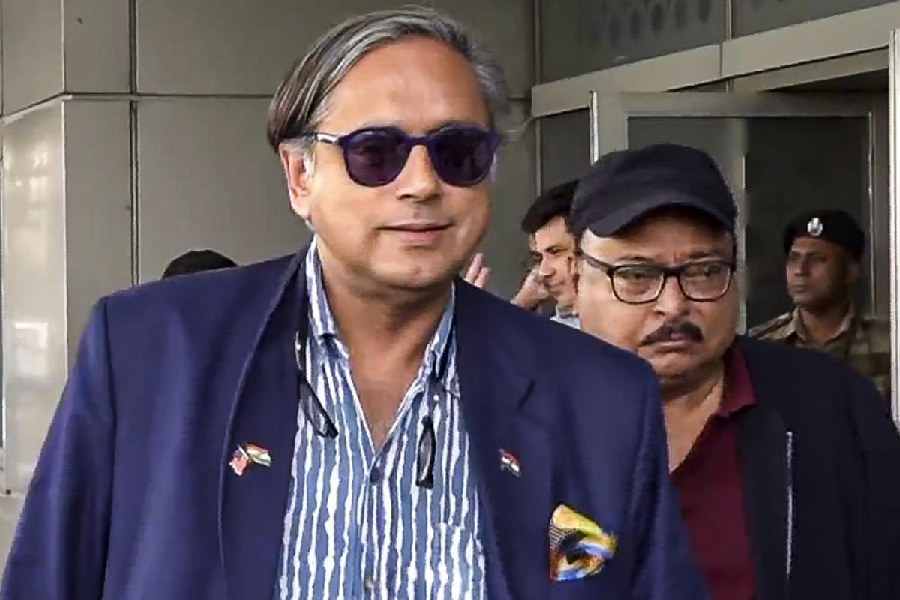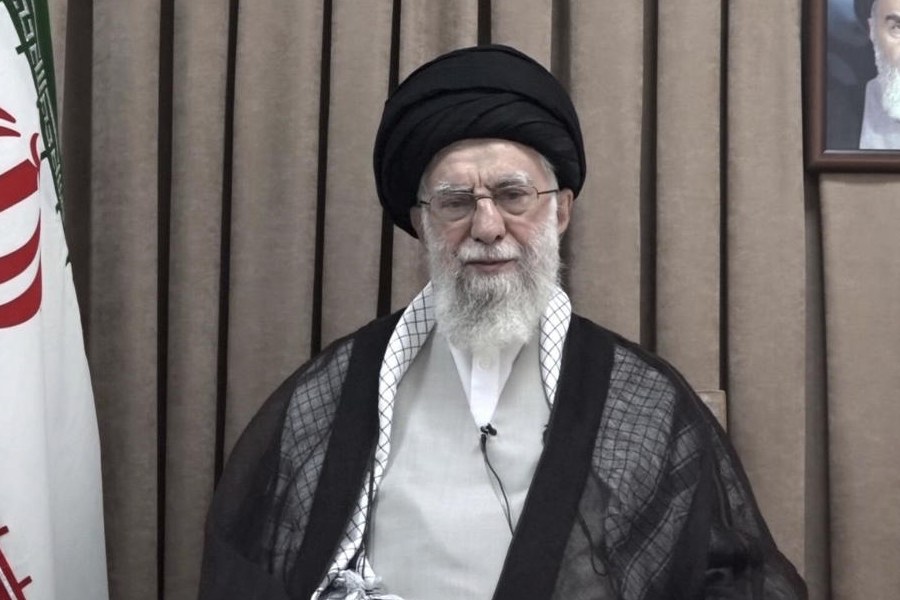 |
| EQUAL OPPORTUNITY: Radhika Bhamburkar at her thread ceremony |
Gargi Warunjikar used to think that praying to God meant short informal chats. But the 12-year-old Mumbai girl has now started taking her conversations with the Almighty more seriously. After all, she has stepped into a man’s world.
In her home at Prabhadevi, round the corner from the much thronged Siddhivinayak temple in central Mumbai, Gargi says she feels “happy and calm” following her upanayan or thread ceremony — a ritual that has been the preserve of male children in Hindu upper caste families.
Gargi is among a group of girls being led into newer territory by parents and a growing breed of Hindu priestesses. Her lawyer parents moved heaven and earth to make sure that their daughter went through the traditional thread ceremony four years ago.
“We spent a lot of time meeting priests and religious leaders to research for and against upanayan for girls, but came across nothing that suggested it was wrong for girls to receive it,” says Gargi’s father, Uday Warunjikar, who practises at the Bombay High Court.
Several women priests are taking up the campaign as well. “Women too have the right to a thread ceremony, which our male dominated society does not accept,” says Vaishali Kale, a purohita or priestess in Thane, the Mumbai suburb, who was one of the purohitas officiating at the upanayan or munja of Thane girl Sejal Ketkar last month.
“Gone are the days when a woman’s place was beside the chool ani mool (hearth and home). Women have entered all fields, so why should they be deprived of this sacrament,” argues bank employee Kale.
For women conducting such rites, the upanayan — which officially sanctions the chanting of the Vedic Gayatri mantra — is a necessary qualification. But, of course, not all women who have the sacred thread become priestesses. “It is like having a driving licence — you may or may not drive,” says Pune-ite Smita Jape, whose two daughters perform pujas only during Ganeshotsav. Jape’s mother, Pushpalata Dharmadhikari, a priestess in Pune, has performed about 10 upanayans for girls for over a decade.
But while some are seeking to reverse the tide, the system of upanayan still sniffs of patriarchy. In the Warunjikars’ upanayan album, the young girl, dressed in bright silk with pearls dangling from her temples, is seen crouched under a white cotton sheet, listening to her father whispering the mantra to her, lest any “lesser mortals” hear it. “Even the girl’s mother should not be around when the mantra is being relayed by her father,” says Gargi’s mother, Mrinalini.
The upanayan entails a thread being tied across the left shoulder of a young male scholar. Young girls undergoing the ritual sport more contemporary symbols like the necklace of fine tulsi beads that Sejal dons. Ten-year-old Radhika Bhamburkar, whose upanayan was conducted three years ago, wears an Om pendant around her neck.
The ceremony symbolises the start of education. Some believe that subtle changes are apparent soon after the chanting of the 14-word Sanskrit hymn of praise. Mrinalini, who practises at a consumer court in Mumbai, believes her daughter has become more responsible. Every morning, after a bath, Gargi says she chants the Gayatri mantra 108 times in 10-15 minutes.
Babita Bhamburkar, who runs an ice cream parlour in Pune, says her daughter Radhika has become more confident after her upananyan ceremony, thanks to the chanting of the Gayatri mantra 11 times a day. Radhika says it helps her concentrate, and she is more confident at “story telling” — classes in which students narrate a tale in front of others in school.
Gargi’s upanayan included rituals such as matru bhojan, where she was fed by her mother and other women in the family. The ritual also meant that she could not eat another’s leftovers and had no choice but to eat everything on her plate, says Mrinalini. The 12-year-old cannot eat any non-vegetarian food either.
The message that goes across to the young girl is that “now you have to be responsible for yourself,” says Mrinalini. “The ceremony is a bit like a marriage,” she adds.
But, of course, Gargi is still a 12-year-old — and continues with all that she enjoys doing. She rides a bicycle and plays games such as hide and seek with as much fervour as she did before the ritual.
And Radhika likes non-vegetarian food too much to give it up for good. She eats her favourite non-veg dishes at her grandmother’s, and the issue of left-overs doesn’t bother her either, for she often eats food from her four-year-old sister’s plate. “The restrictions ultimately depend on the child and the family who decide whether or not to follow all such practices,” says her mother.
It’s a new and evolving trend, but some like to stress that women priests were not a novelty in the vedic ages. Dr Gauri Mahulikar, head of the Sanskrit department at the University of Mumbai, says the fall of women came with the early invaders such as the Greeks, Babylonians and Huns. These invasions resulted in women being confined to their duties and their freedom restricted, she adds.
But the practice did not go entirely out of style for ancient Indian women, which as Mahulikar says, did get a mention in Kadambari, the Sanskrit romantic epic of Banabhatta, poet and court chronicler of King Harshavardhana of Kanauj, in 7 AD. In Kadambari, Mahashweta, the daughter of a celestial nymph, is shown wearing a thread across the shoulder, indicating the upanayan, says Mahulikar.
The circle seems to have taken a full turn.











